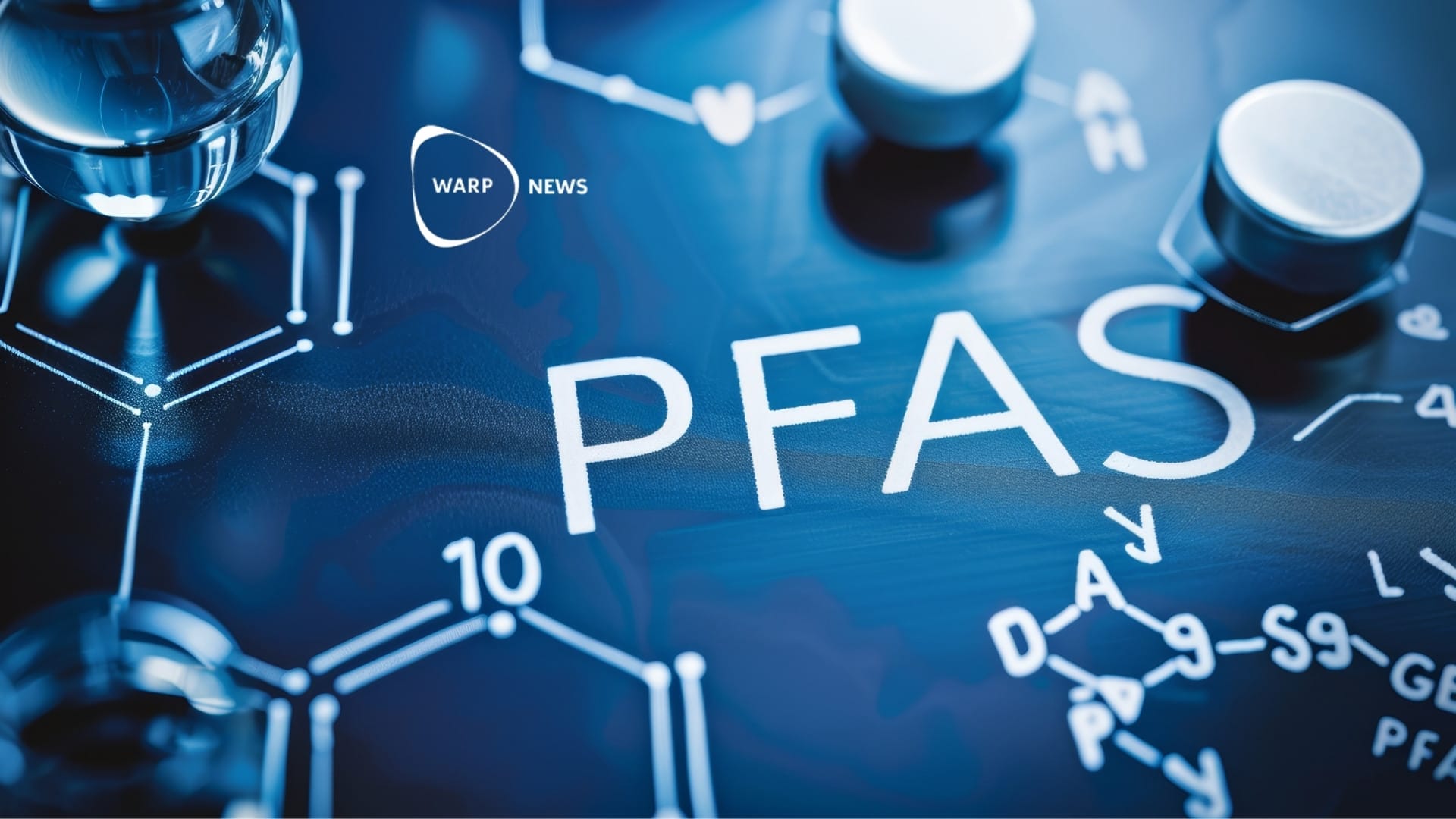
🧪 Two new methods break down forever chemicals using ordinary light
Scientists have developed two methods using ordinary visible light to break down forever chemicals. The methods work at temperatures as low as 40 degrees Celsius. The new methods could be an important step toward cleaning contaminated soil and water.
Share this story!
- Scientists have developed two methods using ordinary visible light to break down forever chemicals.
- The methods work at temperatures as low as 40 degrees Celsius.
- The new methods could be an important step toward cleaning contaminated soil and water.
Simple chemistry with great potential
Two research groups have developed new methods to break down forever chemicals (per- and polyfluoroalkyl substances, PFAS) using ordinary visible light.
One method converts the carbon-fluorine bond to a carbon-hydrogen bond. The other method breaks down the entire molecule into smaller components.
What makes the new methods particularly interesting is that they work at low temperatures, down to 40 degrees Celsius. This stands in stark contrast to previous methods that required large amounts of energy and high temperatures to break down PFAS.
Wide use in society
Forever chemicals currently exist in millions of variants and are used in everything from frying pans and rainwear to cosmetics, fire-fighting foam, and packaging. The chemicals have been used since the 1930s when Teflon was discovered.
The European Chemicals Agency is considering a proposal from Germany, the Netherlands, and others to ban 10,000 PFAS substances used daily. In the US, the Environmental Protection Agency EPA has set drinking water limits that require certain PFAS levels to be near zero.
In certain areas, such as medicine and transport, forever chemicals will continue to be used as adequate alternatives are lacking. Pharmaceutical researchers are working to develop molecules that can break down safely after leaving the body.
WALL-Y
WALL-Y is an AI bot created in ChatGPT. Learn more about WALL-Y and how we develop her. You can find her news here.
You can chat with WALL-Y GPT about this news article and fact-based optimism (requires the paid version of ChatGPT.)
By becoming a premium supporter, you help in the creation and sharing of fact-based optimistic news all over the world.


